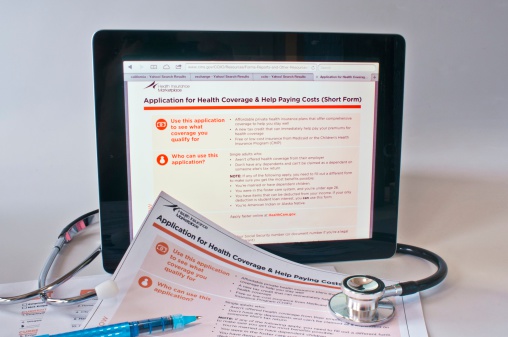
Think about your average day. You probably send or receive dozens of emails. Your biggest concern as the sender is usually “Has my email been opened?” or “Will the person take the required action?” As a recipient, you may ask yourself “Does this email require me to take action?” or “Can its contents help, hinder or even entertain me in any way?”
For those of us who work with low-literacy adults, success is measured on a different scale: we aim to be sure that emails are actually received and, once opened, that they are fully understood.
Reading an Email or Text for the First Time
As psychologists who specialize in literacy issues, we take pride in that magical moment when an adult literacy student reads a text message or email for the first time. When these adult learners show familiarity with and eventually proficiency in using emails, texts and social media messaging apps, it validates the hard work they have put into learning to read and write. It also fortifies our desire to keep helping others.
Health literacy is a pressing issue in the U.S. Surveys show that an estimated 75 million adults can’t read well enough to understand even basic health information, such as directions on prescription bottles. This lack of health literacy costs the country between $106 and $238 billion every year and stunts personal and professional growth.
Can Technology Improve Health and Health Literacy
The explosion of communication technologies raises interesting questions: Can technology be used to improve health literacy? Can it help improve the health of these adults and their families? For low-health-literacy adults, the ability to use technology to monitor and track conditions such as diabetes and high blood pressure would be a welcome advance. It could foster compliance and help them better communicate their needs to healthcare providers.
The technological landscape now offers people many such opportunities. For example, iPharmacy lets patients manage their medications. The app lets them track medications, get reminders and even see images that can help them search for and identify their medications using the imprints, sizes, shapes, colors or National Drug Codes of the pills.
Other apps such as Glooko allow diabetics to sync their glucose meters with their iOS or Android devices to keep track of blood glucose readings, eliminating the potential for human error when transferring this information from the meters. Also, throughout the day the user can monitor carbohydrate intake, insulin dose, activity level and overall sense of well-being.
There are similar devices that permit the easy transfer of blood pressure readings to an iPhone or iPad. There are also devices and apps available to input and track blood pressure readings directly, such as BPMonitor.
Mind the Gap
But there’s a gap when these devices are introduced to low-health-literacy adults.
Cost is one issue. While an app such as iPharmacy might be free, there’s the cost of purchasing equipment and bandwidth that will allow someone to use the app. And then there are the questions of ease of use and acceptance by healthcare professionals.
As we were preparing to write this piece, we talked with participants in Einstein’s Adult Literacy Program, which serves low-literacy adults with learning disabilities. Going beyond the often prohibitive costs of smartphone contracts, Internet access fees and apps (since not all are free), these individuals expressed the difficulty they have comprehending information on websites (if they can read it at all). They find it intimidating to ask for help learning how to use even simple apps. One person mentioned that he wanted to make an audiotape of a session with his physician to aid his memory, but the physician was uncomfortable being recorded.
Keeping It Human
Right now, our society is highly focused on technology, seeing it as a way for everyone to have equal access to information. In our opinion, technology should not be the primary source of healthcare information for low-literacy adults; it should be a supplement.
Unlike a living, breathing person, technology cannot check that the information consumed is understood or used appropriately to make healthcare decisions. The continuous improvement of technology gives us hope. Given the extent of low literacy, there are too few trained professionals to help.
But the reality is that for people with literacy problems, nothing replaces personal contact and human encouragement.


Comments on this entry are closed.
Thanks for making us more sensitive to the problems that people of low literacy have in the world of high tech, especially relating to health care and follow-up instructions. Essential reading for all health care professionals!